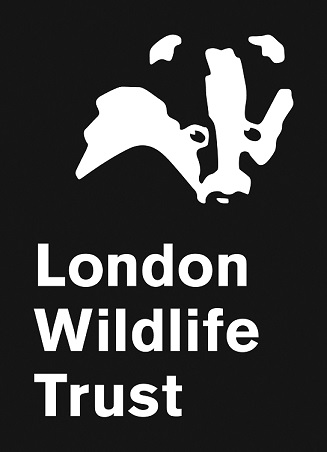Early Sunday morning I pause at the Buddleja bush growing to the side of the old rail-bed in Sydenham Hill Wood. The crackled main trunk has arched over and lateral branches have grown up through the brambles to reach the small patches of light.
The sweet-scented flower heads are beautiful, mauve mini-trumpets contrast with a zinging orange eye in the centre, but this butterfly bush (Buddleja davidii) brought from China by the Victorians is non-native in Britain. It forms vigorous clumps along railway tracks, on derelict buildings and waste land, out-competing native plants.
Even it’s value as a nectar plant for butterflies and moths has a downside as it can smother the caterpillars’ food plants.

